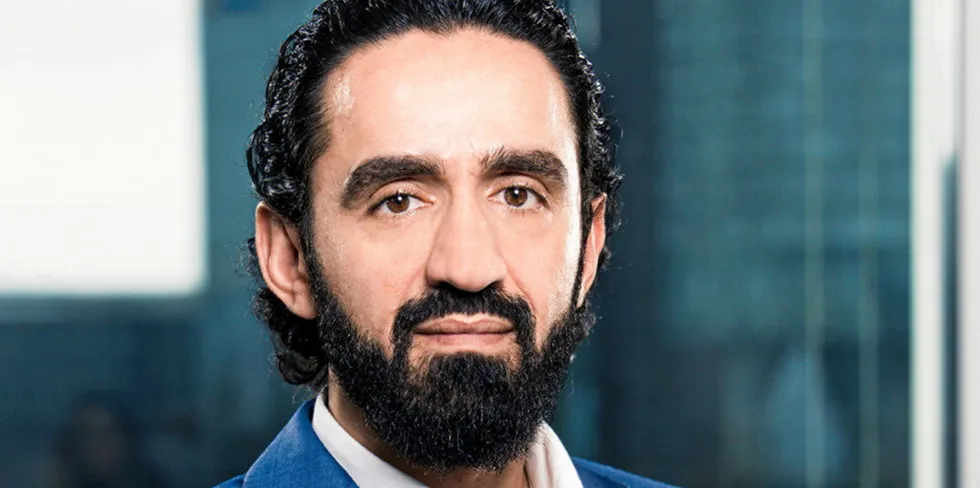Siemens Gamesa: Utilities are lining up for our €40-50/MWh long-duration thermal energy storage
The 'biggest utilities on the planet' are looking to use the wind turbine maker's ETES platform to repurpose their coal and gas power plants, the head of the technology tells Leigh Collins
